Dan Austin, founder of Austin Adventures, not only walks his talk. He ziplines it, kayaks it, and ash-boards it. He makes the world his office and playground, as he aims for each AA adventure travel vacation to be “incredibly fun and deeply memorable”, (part of the company’s mission statement.) Not an easy feat, with 80 programs “evolving” in the Americas, Africa and Europe, but his family- run company keeps getting top awards and high praise.
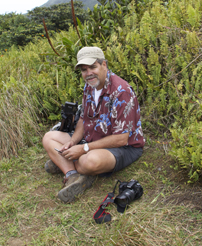
Dan Austin stays plugged in (with camera, smart phone and smiles) so guests can stay unplugged if they want.
enjoying the field research with his wonderful enthusiasm and observant eye. He slipped in some texting to his family and AA team between zipline stations in jungle canopy, from a kayak, and between courses to help keep things “fun and memorable” on this trip and dozens of others.
Austin: “That is a tough question Lisa, Adventure Travel can be anything from climbing Everest to a walk in your local dog park. It really comes down to what it means to the individual (or company in our case). To AA it simply means staying active and exploring a bit more off the beaten path in each and every region we visit. Definitely not a “typical bus tour.”
“As you experienced in our recent trip to Nicaragua, we tried to balance seeing the country and cultural activities, with a bit more calorie burning modes of transportation like kayaks or hiking along with some heart pounding activities like ash boarding off a volcano. Key is knowing what adventure is to you and making sure your goals and ideas are in line with your fellow travelers or an outfitter if you so choose. Also key to trust you always have options and that everything is introduced in a way that is as good for a novice as a veteran.”
Why did you found your company?
Austin: “Now that is a bit of an adventure on its own. I had a bit of experience in the industry back in the late 70’s. I was a passionate rafter and thought it would be great to get people to pay to join me. Then some 25 years later my wife talked me into joining an “adventure vacation” to the Tetons with what was then Backcountry Tours. I reluctantly agreed. I mean I was one of those macho do it yourself guys that looked at group travel, led by a couple of young guides as it had to be painful.
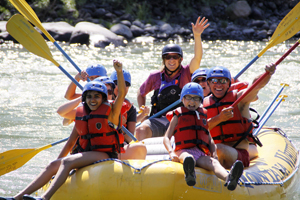
River Rafting continues to be part of the Austin story. Rafting the Yellowstone River on ALA’s Montana Adventure. Photo Credit: Austin-Lehman
“Boy was I wrong! It took all of the first day for me to realize this was my first true vacation. Everything from someone else fixing the flat on my bike, to deciding where we would eat or what trail we would hike. That and they carried by bags to our room and were a wealth of non-stop energy and learning’s. After that week, a group of us approached the owners and ended up buying the company. That was back in 1995, I have had no regrets since!”
What are some of your most popular trips over the years and what is your rate of customer return?

The lower falls of Yellowstone River, a popular Austin adventure destination. Photo courtesy of Austin-Lehman.
Austin: “Yellowstone continues to be our #1 selling trip as it has for decades! It is simply sensory overload and offers something for everyone. From the rich history (our country’s first National Park), to its spectacular geography (a giant caldera and more geo thermal features then the rest of the world combined) and of course the wildlife! But that is just one of many tried and true favorites.
“Year after year Alaska continues to shine, as do the Canadian Rockies. In Europe, Holland, Germany and Italy are always at the top of the list. Heading south, Costa Rica is our #2 selling program overall, with Peru and the Galapagos not far behind. In Africa, my favorite and that of many of our guests, has to be Namibia, with South Africa a close second.
“About 70% of our guests are either repeat travelers or direct referrals from repeats. One of our favorite alumni couples Chuck and Judy will be taking their 52nd and 53rd trips this year. In fact they will be repeating a trip the first trip they ever did to the Loire Valley, led by our Europe Operations Manager Ron van Dijk who was their guide on that trip so many years ago.”
Do you have anything particularly exciting coming up that you want to share?
Austin: “We are always “cooking” up new trips. We just finished putting the final touches on a new Inca Trail Luxury Camping program (Glamping) combining hiking the Inca Trail with over- the-top services and amenities like massages and down comforters. We also are just finishing up a new Montana Based Best of the West family program. Best bet is to sign up for our E-News letter and or catalog, of course that and Facebook. We are always communicating what we are up to.
How can your company tailor things to be more luxurious if the client wants? Can you give some examples of things your company has done along those lines?
Austin:” Now that is clearly the fun part of the business! About 25% of our guests choose “custom or exclusive” adventures. Fact is if you can dream it, we can create it. I love sharing these stories.
“There was the guest that had a vision of his wife standing knee deep in the surf off the coast of Kauai on her 60th birthday, cocktail in hand, Hawaiian trip playing as the sun set, topped off with rose petals falling from the sky! Or the grandparents that wanted to treat their six- year-old twin grandsons to five National Parks in six days by private jet! Then there are a lot more conventional adventures where a multi-generational family just want to get together for an adventurous family reunion.
Would you say you have a “family company”? What difference does that make?

Family Adventure: Austin guests hike up Athabasca Glacier in Alberta, Canada. Photo Credit: Austin-Lehma
Austin: “You bet I would or could say that. We are family owned and operated. But I actually think the readers –and our guests– said it better when they awarded us the #1 Family Tour Operator in the world recognition in 2012! And #2 overall ! It just helps that we know families!
“My kids grew up in the business as my crash test dummies (just kidding.) We have always put a focus on doing family adventures right, not just calling an adult program “family” to sell more spots. They are truly built for families, by families. Here is a link to a fun webinar we did just to learn more from kids as to what kids wanted out of a family vacation.
How would you define “Sustainable” or “Green,” “Eco-travel?” How important is it to your company? Can you give examples of how you implement/ integrate it?
Austin: “Another great question and like the question on defining adventure travel, its all about what it means to you. I like to look at it in its simplest form. The triple
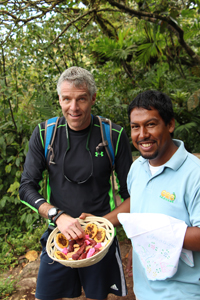
In the middle of the hike, guide extraordinaire Julio Flores surprises everyone with Nicaraguan pastries. Ken sets a good example.
bottom line:
- People
- Planet
- Profits
“All working together. Another helpful definition is that of Sustainability: “ The ability to meet the needs of the present without compromising future generations’ ability to meet their needs.
“We look to work with hotels and restaurants that follow these beliefs. Is the produce local or flown in? Do they practice recycling? Conservation? But also things like hiring locals (starting with our guides). Are they giving back to the communities they reside?
“One of our more significant programs that we are exceptionally proud of is our own nonprofit Wheels of Change.
Also check out www.austinadventures.com for more.
What kind of awards have you gotten? What moments are you most proud of?
Austin: “We truly have been blessed in this arena. As I mentioned Travel and Leisure recognized us as the #1 Family Travel company in 2012 (beating out companies with names like “Disney”, that same year we were ranked #2 overall. We have finished in the top 3 since we were first announced as #1 overall Tour and Safari operator in 2009. But that is really just a start.
“National Geographic Adventurer listed us as one of the top companies in the World, several times as well as recognizing specific trips in the top trips category, year after year. Outside Magazine gave our Cuba program the 2012 Hall of Fame award and so much more. You can see more. You asked what award am I most proud of.. that has to be the Global Vision Award for our efforts with our bike program Wheels of Change.”
What else should potential travelers know about Austin Adventures for luxurious, adventure travel?
Austin: “I think it is not so much Austin Lehman –although we would love all your readers to join us– it is just travel itself. As I recently penned for an email broadcast, travel is good for the soul!
“I think Mark Twain said it best ‘Travel is fatal to prejudice, bigotry, and narrow-mindedness, and many of our people need it sorely on these accounts. Broad, wholesome, charitable views of men and things cannot be acquired by vegetating in one little corner of the earth all one’s lifetime.”
“You can of course start with our website or on Facebook. I also just encourage all to just call or email. 1-800-575-1540 or even better yet. email me direct at dan@austinlehman.com Yes, you will get a personal response.
“We are all eager to talk about travel and adventure anytime! And if we don’t go where you want, we probably know who does and does it well, and are just thrilled to help you on your way!”
(c)Lisa TE Sonne, Luxury Travel Mavens
Photos by Lisa TE Sonne, unless credited to Austin-Lehman or Austin Adventures
Stay tuned for more Q & A with Dan Austin about how to Design an Adventure trip and for more on ALA’s innovative travel philanthropy
What do you think “Adventure Travel” is? Do you have Austin-Lehman trip stories to share in the comments below? Here’s my Luxury Travel Maven story and photos of the Austin Adventures Trip to Nicaragua

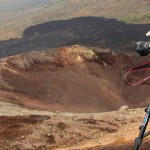
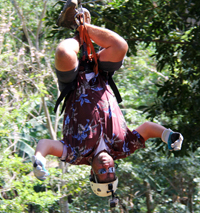

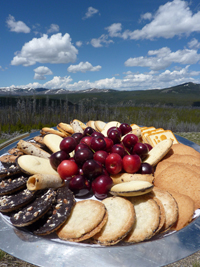

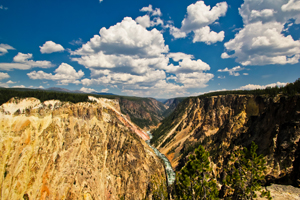
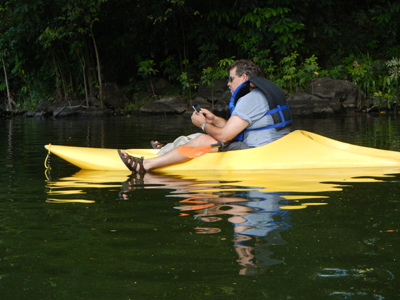
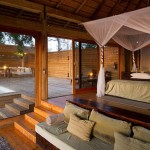
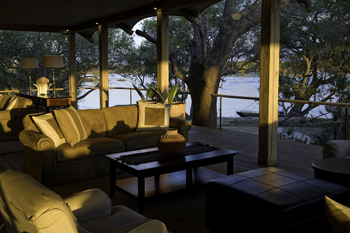
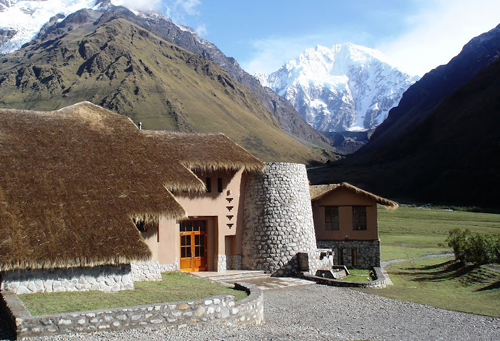
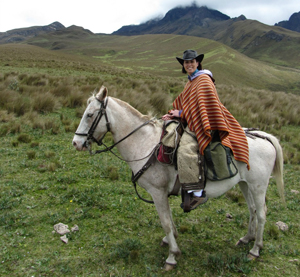
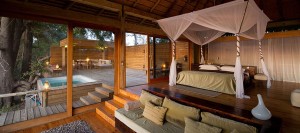
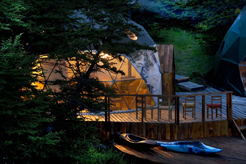

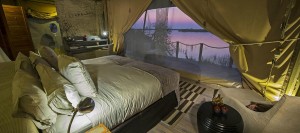
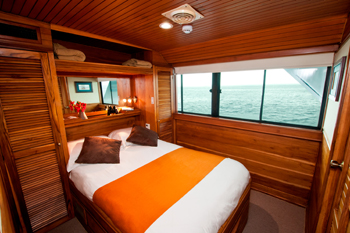
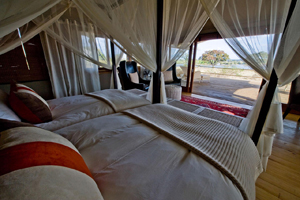

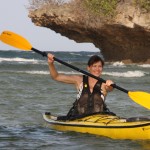

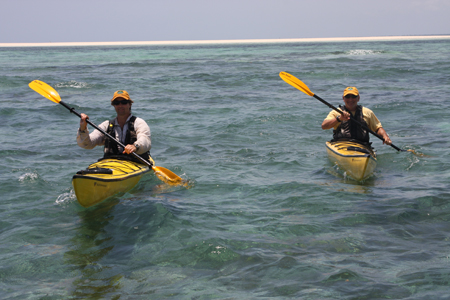


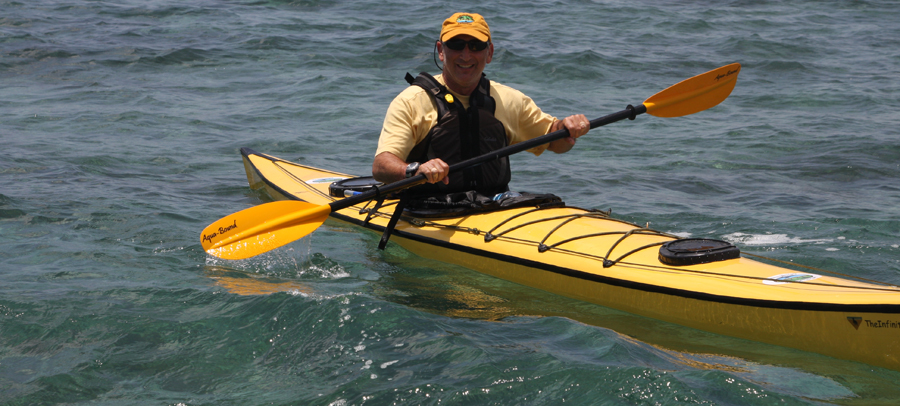
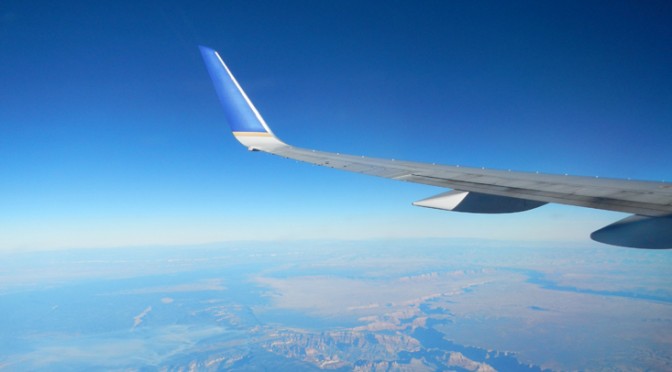

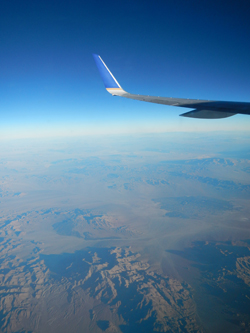
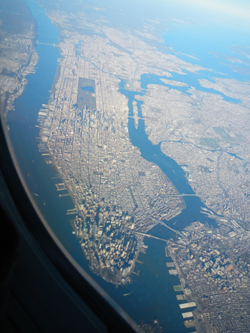
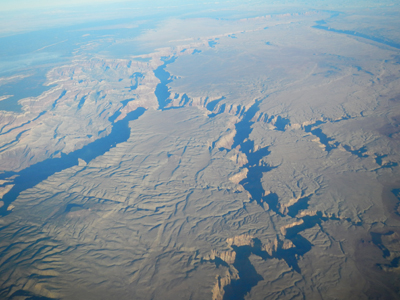
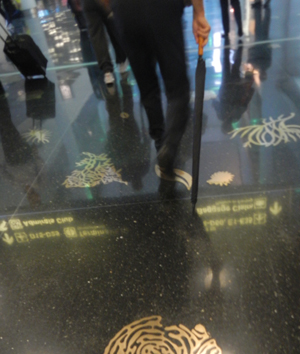
Recent Comments